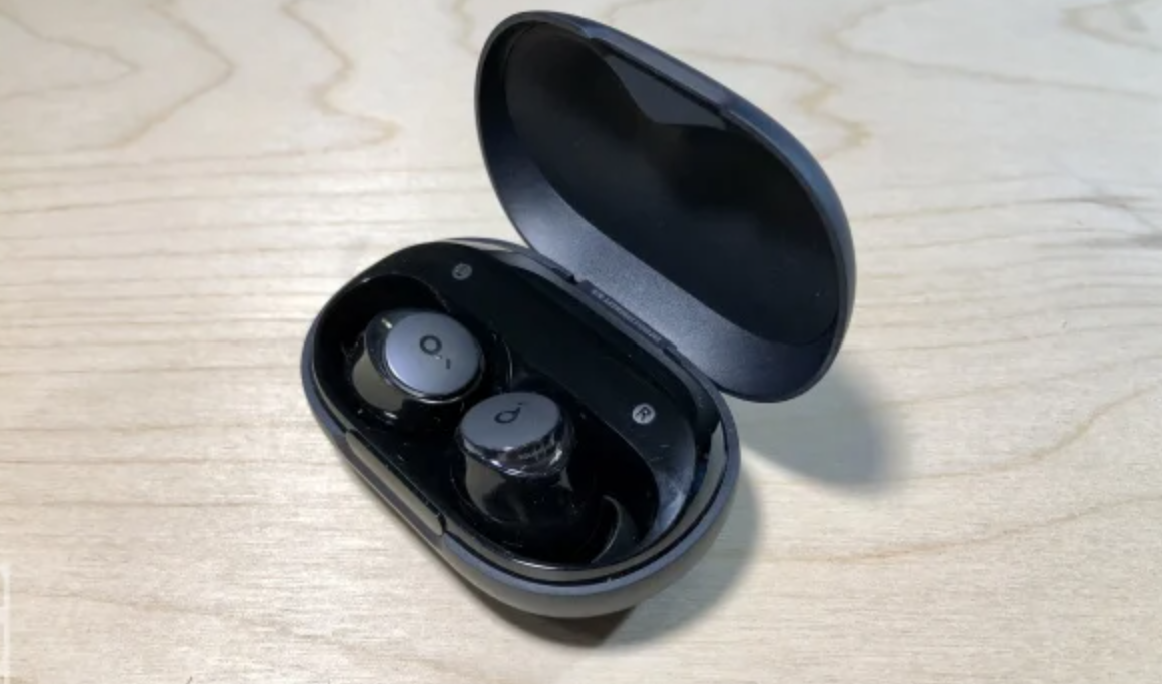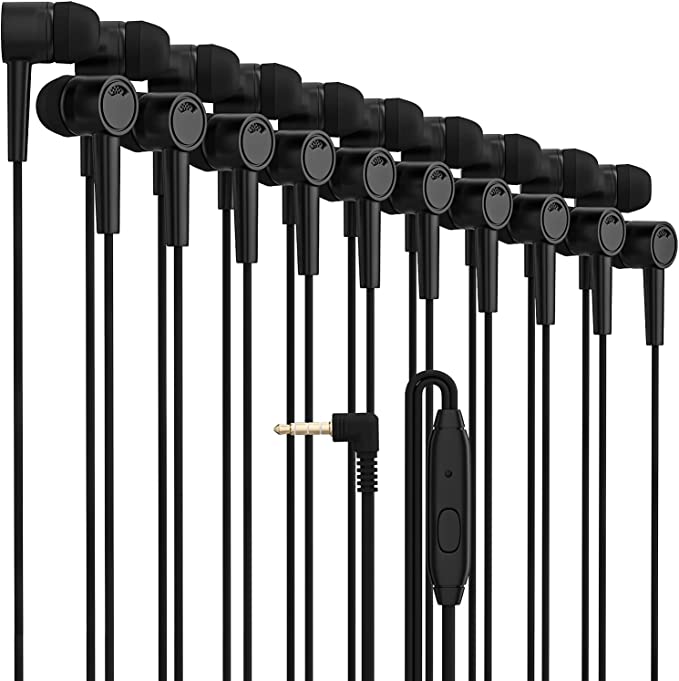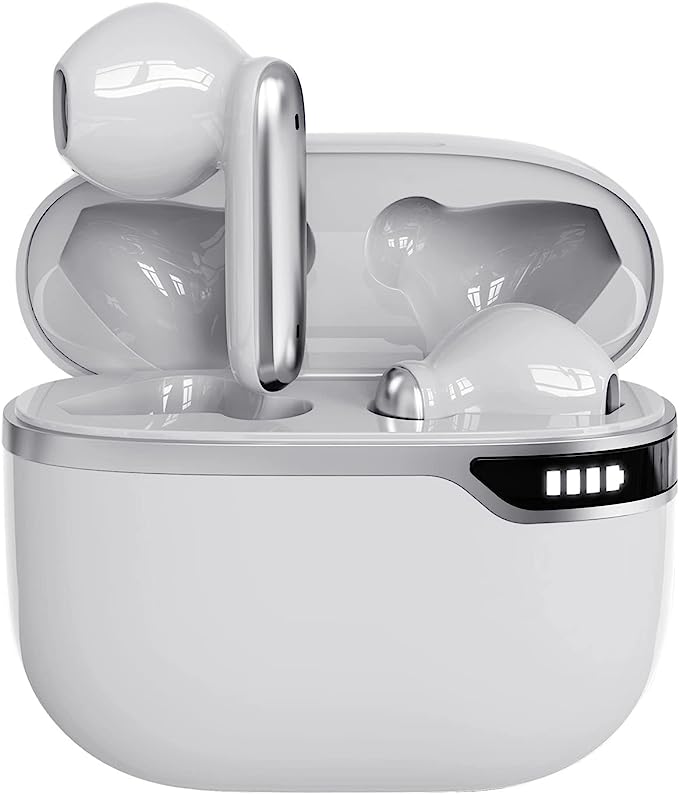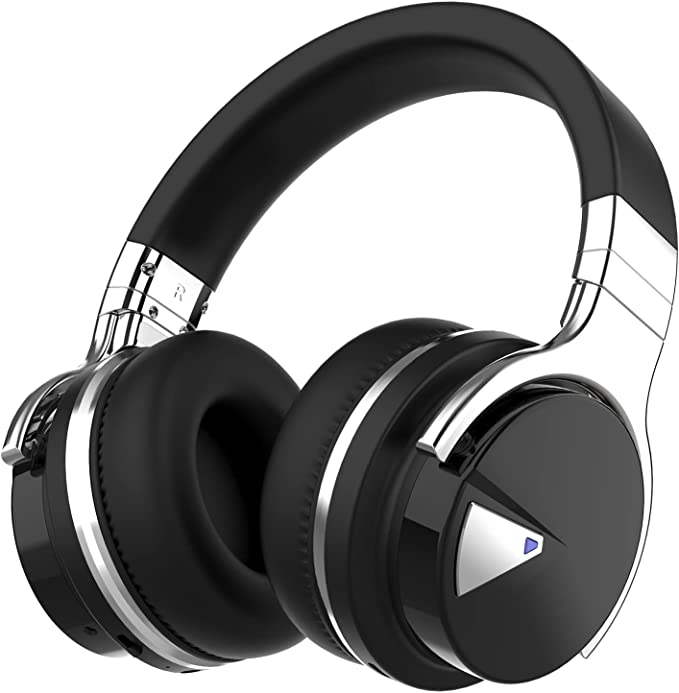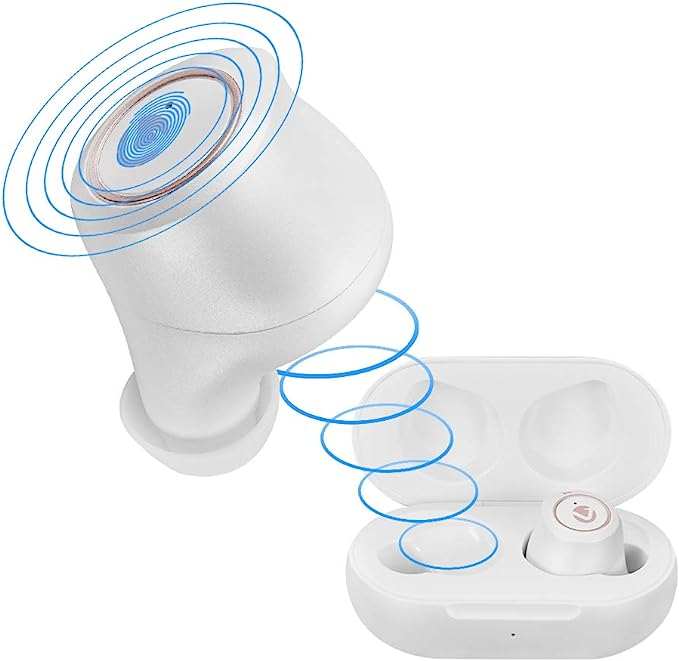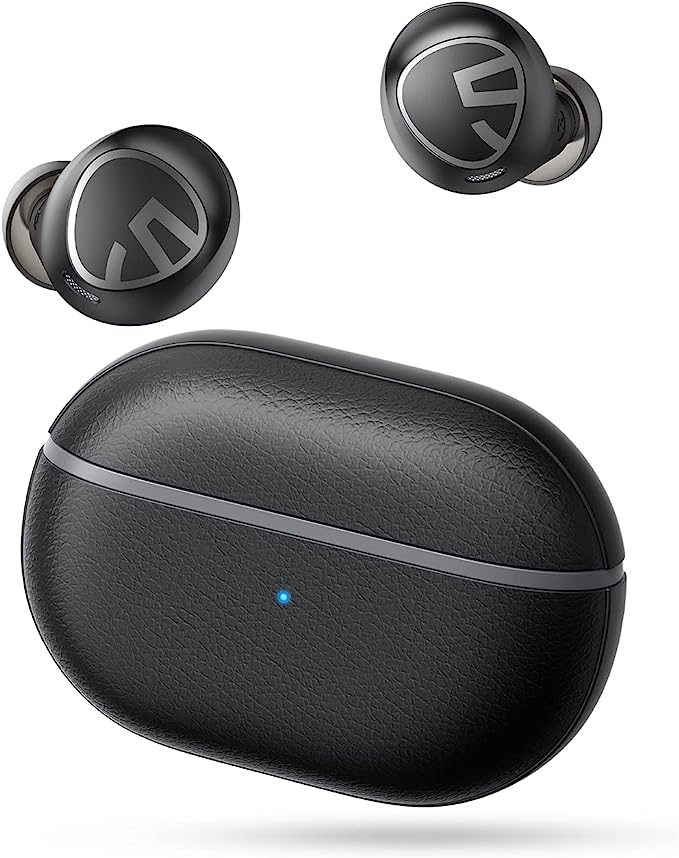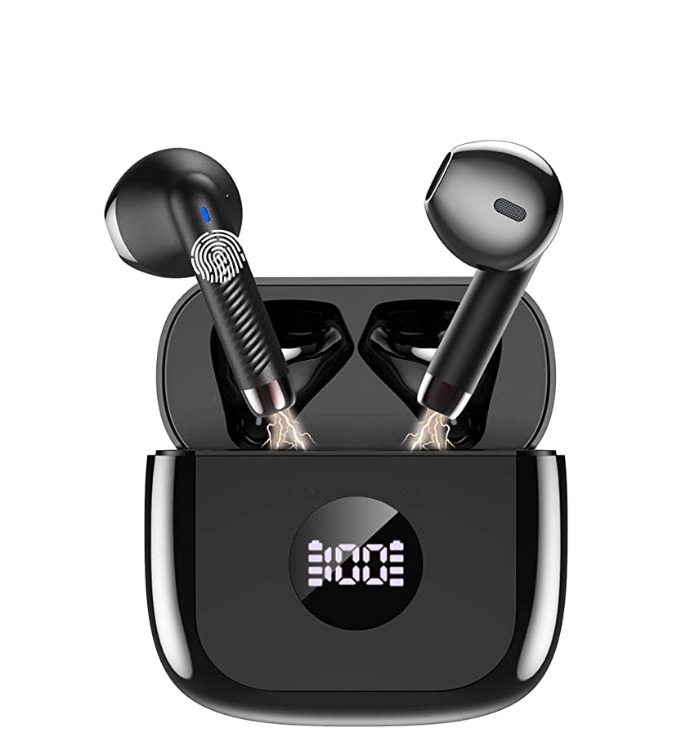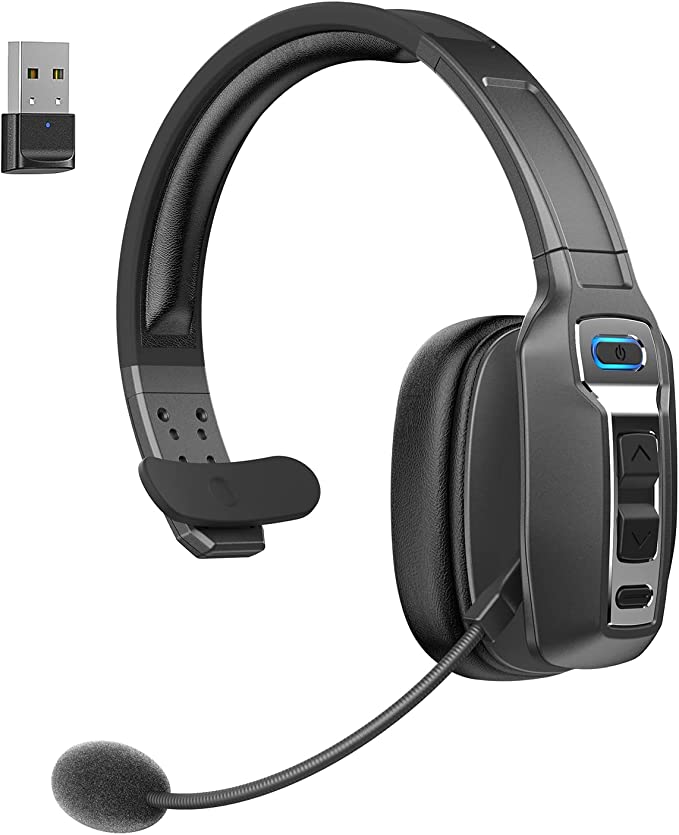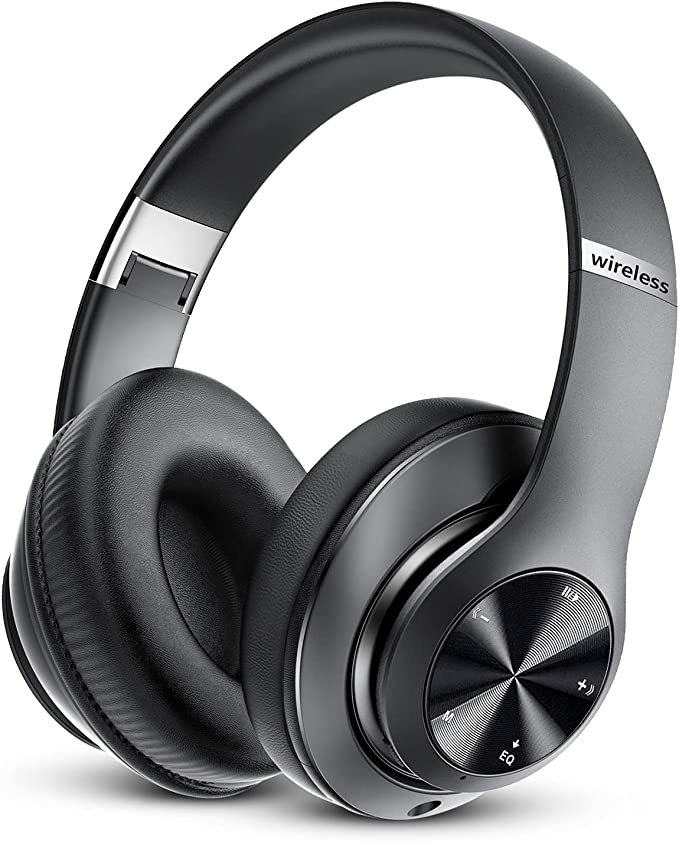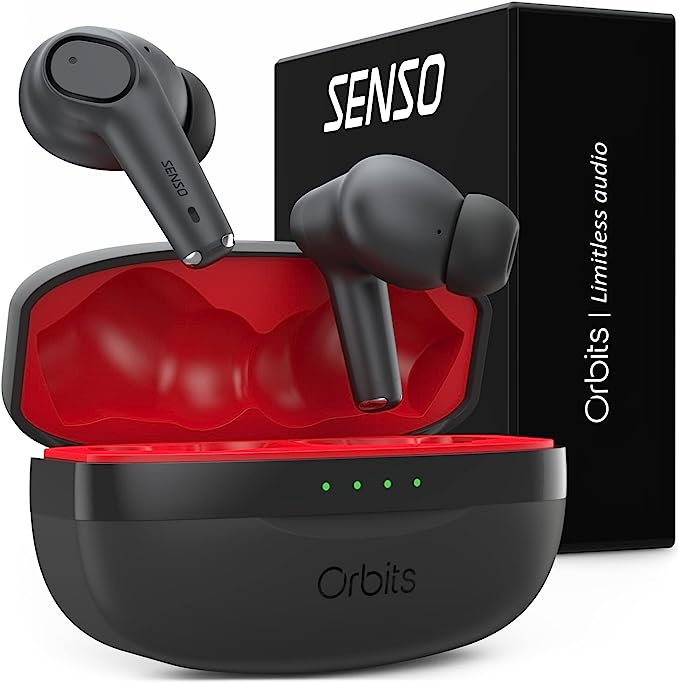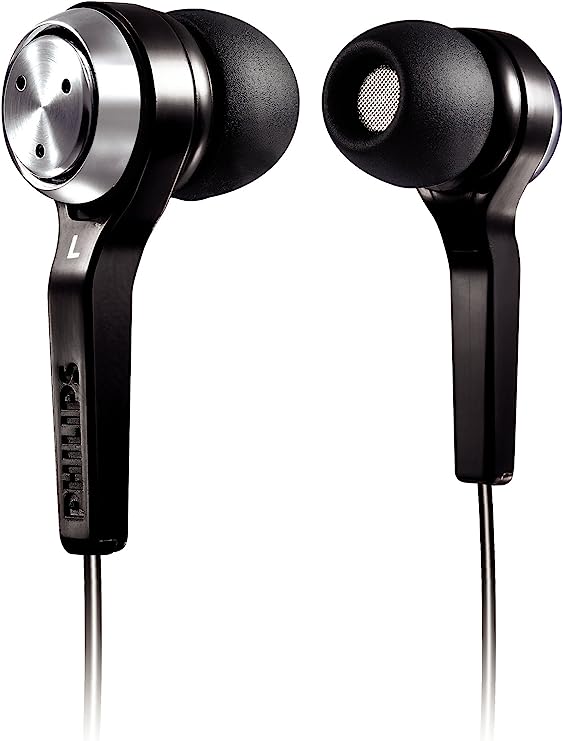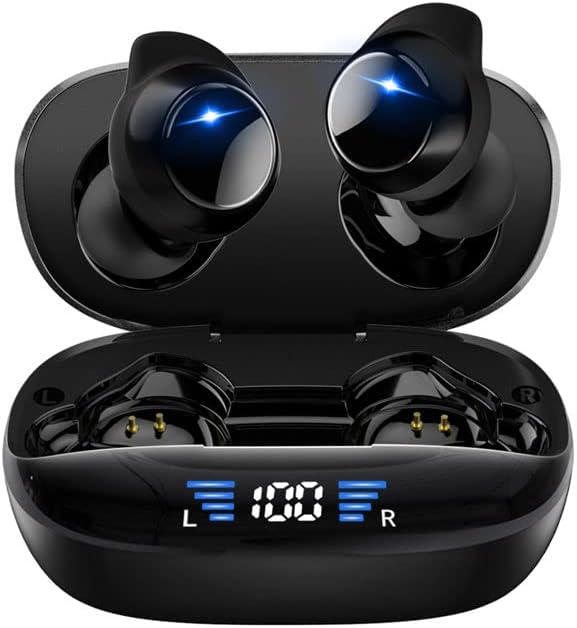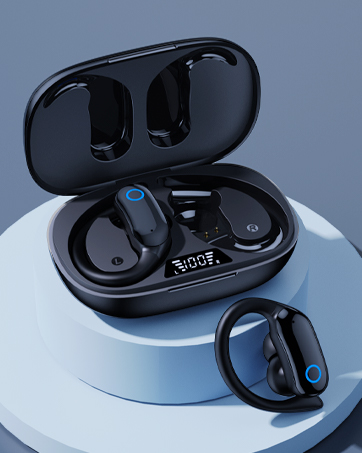A Detective's Guide to "Portable Air Conditioners": Unmasking the Summer Gadget Trap
Update on Oct. 7, 2025, 2:59 p.m.
The summer heat descends, and with it, the siren song of online advertisements. A sleek, compact device appears on your screen, promising the blissful chill of an air conditioner, the portability of a water bottle, and a price that seems too good to be true. This is the promise of gadgets like the Libiyi Cooling Ace, also sold under the names Shirem and Outfany Cooling Ace. But as a flood of 1.5-star reviews suggests, this promise often melts away under the heat of scrutiny, leaving behind only frustrated consumers.
This isn’t just another product review. This is an investigation. Consider yourself the detective on a case that lands on your desk every summer. Our subject: the viral cooling gadget that seems to defy the laws of physics and economics. Together, we will examine the evidence, listen to the witnesses, and apply some forensic science to uncover the truth behind the booming market of so-called “portable air conditioners.”

Examining the Evidence: The Manufacturer’s Claims
Every investigation begins with the evidence presented at the scene. Let’s lay out the manufacturer’s claims for the ‘Cooling Ace’ on our evidence board and see what story they’re trying to sell. The product page presents a compelling, if not fantastical, case:
- The Promise of Power: It boasts of “Great Cooling Power” and a “high-power capacity” supposedly driven by a 50-watt motor.
- The Vow of Silence: An almost unbelievable “Quiet Cooling Operation” with a specified noise level of just 1 decibel (dB).
- The Freedom of Portability: A built-in 2000mAh rechargeable battery is meant to provide hours of untethered, cordless relief from the heat.
On the surface, this evidence points to a revolutionary device. A seasoned detective, however, knows to look for inconsistencies. A high-powered 50-watt motor that is also quieter than a pin drop and runs for hours on a small battery? The pieces don’t quite fit. The official story seems promising, but a good detective knows that the official story is rarely the whole story. It’s time to interview the witnesses—the people who have actually used the device.

Listening to the Witnesses: The User Reviews
The Amazon page for the Cooling Ace is our primary source of witness testimony. The review section is where the unfiltered truth often resides. Their statements paint a drastically different picture from the official claims. With a staggering 92% of ratings being either one or two stars, their collective voice is a powerful rebuttal.
- Testimony on “Cooling Power”: One verified purchaser, Sophia, states it plainly and with palpable frustration: “NOT A PORTABLE A/C. This is just a regular small sized fan (air circulating), to expensive and misleading!!”
- Testimony on the “Rechargeable Battery”: An Amazon Customer raises the critical issue: “Recharable Battery? …So far, the unit will only run with the USB plugged into power.” This is directly corroborated by Mauclin M., who reports, “When not on charger will not work.”
- Testimony on Overall Quality: Hazel’s review is a summary of the worst-case scenario: “Piece of junk. Never worked could not charge. Poorly made. Should have known better!”
The witness testimonies are nearly unanimous and damning. The “great cooling power” is allegedly just a fan’s breeze. The “rechargeable battery” allegedly fails to hold a charge, rendering the device immobile. The build quality is called into question. The official evidence is in direct conflict with the witness accounts. When this happens in a case, we turn to the hard science of forensics to reveal the undeniable truth.
The Forensic Analysis: Where the Claims Melt Under Scrutiny
Welcome to the lab. Here, marketing claims are tested against the unyielding laws of physics, and the fiction often unravels quickly.
First, let’s place the 1 dB noise level under the microscope. A gentle whisper from a few feet away is about 30 dB. The quiet rustling of leaves is 20 dB. A state-of-the-art, sound-proofed recording studio might achieve a background noise level of 10 dB. A noise level of 1 dB is so quiet it is virtually imperceptible to the human ear and can only be measured in highly specialized acoustic anechoic chambers. The idea that a device with a spinning motor can achieve this is, to put it mildly, physically impossible. It’s not just an exaggeration; it’s a departure from reality.
Next, we analyze the 50-watt power claim. The product is powered via a USB cable. A standard USB 2.0 port, which many people still use for charging, provides about 2.5 watts of power. Even the more modern USB Power Delivery (PD) standards used for phones and laptops would struggle to deliver 50 watts to a device of this type without a sophisticated and expensive chipset. The claim is simply not compatible with the included power source. Furthermore, the technical details inexplicably mention a “Voltage” of “50 Volts”. A USB device runs on 5 volts. This isn’t just a typo; it’s a sign of profound technical carelessness that erodes all credibility.
Finally, and most crucially, we must dissect the term “air conditioner”. True air conditioners do not magically create cold; they are heat pumps. They use a complex refrigerant cycle and a compressor to absorb heat from inside a room and actively dump it outside. This is why they have an exhaust hose or an outdoor unit. Other cooling technologies, like evaporative coolers, use the evaporation of water to cool the air, which requires a water tank and works best in dry climates.
The “Cooling Ace” has none of these things. It has no exhaust vent, no water tank, no refrigerant, and no compressor. It is a plastic shell with a fan inside. By the laws of thermodynamics, it cannot reduce the ambient temperature of a room. In fact, due to the tiny amount of heat generated by its own motor, it will infinitesimally increase the room’s temperature. It can only circulate the existing air, creating a wind-chill effect that feels cooler on the skin but does not change the air’s temperature.
The forensic evidence is conclusive. The product’s central claims are not just misleading; they are physically implausible.

Conclusion: Your Detective’s Toolkit for Future Cases
The case of the Libiyi Cooling Ace is closed. It is not the revolutionary cooling device it claims to be, but a simple fan wrapped in the misleading language of an air conditioner.
But this investigation was about more than just one gadget. It was about equipping you, the consumer, with the tools to be your own detective in the vast, often confusing online marketplace. The internet is full of “Cooling Aces” under different names, all promising the same impossible dream. To avoid the trap, use this five-point detective’s toolkit before you click “buy”:
- Search for the Technology: Does the product description mention “compressor,” “refrigerant,” “evaporative cooling,” or “thermoelectric/Peltier”? If it only uses vague terms like “hydro-chill” or “cooling technology,” be wary. If there’s no mention of a specific scientific principle, it’s likely just a fan.
- Scrutinize the Specifications: Are the numbers believable? Be highly skeptical of near-silent noise levels (anything under 30-40dB is rare for a fan) and high power ratings (watts) from a simple USB source. Contradictory specs like “50 Volts” are major red flags.
- Read the 1-Star Reviews First: They are often the most honest and detailed. Look for recurring patterns of complaints, especially regarding core functions like actual cooling, battery life, and durability.
- Look for an Exit (or an Entrance): A real air conditioner must have an exhaust for heat. An evaporative cooler must have a water tank. If it’s a closed box with just a fan and some vents, it cannot cool the air.
- Apply the “Too Good to Be True” Test: If a device promises the performance of a $300 appliance for a fraction of the cost, pause and investigate. True technological breakthroughs are rare; repackaged old technology with shiny new marketing is extremely common.
By thinking like a detective, you can cut through the marketing heat and make choices that will actually keep you cool. You won’t just save money; you’ll save yourself from the frustration of a promise that was never designed to be kept.
